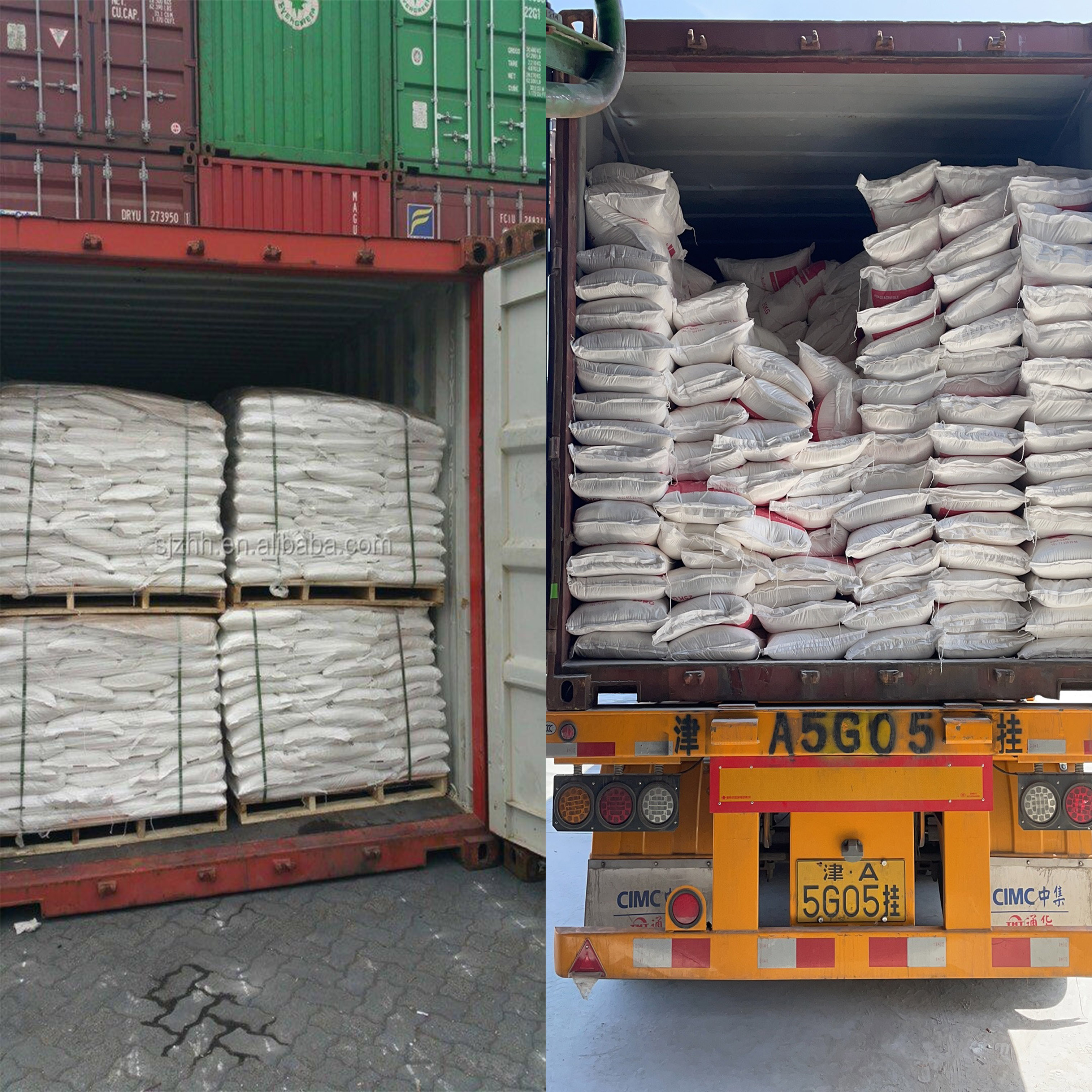
نوفمبر . 22, 2024 11:52 Back to list
superphosphate inorganic fertilizer
Superphosphate The Key Inorganic Fertilizer for Modern Agriculture
In the contemporary agricultural landscape, the demand for efficient and effective fertilizers has never been higher. One of the standout players in the realm of inorganic fertilizers is superphosphate. This compound, derived from phosphate rock, has been pivotal in enhancing crop yield and quality, contributing to global food security.
What is Superphosphate?
Superphosphate is primarily composed of calcium phosphate, which is a critical nutrient for plant growth. It is produced by treating phosphate rock with sulfuric acid, resulting in a water-soluble form of phosphorus that plants can readily absorb. The main types of superphosphate are single superphosphate (SSP) and triple superphosphate (TSP). SSP typically contains 16% to 20% phosphorus, while TSP boasts a higher concentration of around 44% to 48%.
Benefits of Superphosphate
1. Enhanced Nutrient Availability The solubility of superphosphate makes phosphorus more readily available to plants compared to other forms of phosphorus fertilizers. This is particularly beneficial in soils that are deficient in phosphorus, a nutrient that is crucial for energy transfer, root development, and overall plant vigor.
2. Improved Crop Yields The application of superphosphate has been shown to significantly increase the yields of various crops, including cereals, fruits, and vegetables. The increased availability of phosphorus supports better root formation and flowering, leading to healthier plants and larger harvests.
3. Soil Health Superphosphate can help to enhance soil structure and fertility. It positively influences the microbial activity in the soil, which is essential for nutrient cycling and organic matter breakdown. Healthy soil microbiomes lead to improved soil health and sustainability in agricultural practices.
superphosphate inorganic fertilizer

4. Economic Efficiency Given its concentrated form of phosphorus, superphosphate provides a cost-effective solution for farmers looking to maximize yields with minimal input. The relatively low application rates required to achieve significant results make superphosphate a financially attractive option.
Application Practices
The effectiveness of superphosphate is influenced by various application methods. It can be applied directly to the soil before planting, mixed with other fertilizers, or used in foliar applications. Proper timing and dosage are crucial for maximizing its benefits. Soil testing is recommended prior to application to determine existing phosphorus levels and to avoid over-fertilization, which can lead to nutrient runoff and environmental concerns.
Farmers should also consider the type of crop being cultivated, as different plants have unique phosphorus needs. For instance, deep-rooted crops may require different application techniques compared to shallow-rooted varieties.
Environmental Considerations
While superphosphate plays a vital role in boosting agricultural productivity, its use comes with environmental considerations. Phosphorus runoff from agricultural fields can lead to eutrophication—a process where excess nutrients in water bodies result in algal blooms, depleting oxygen and harming aquatic ecosystems. To mitigate these effects, farmers can adopt best management practices, such as buffer strips, cover crops, and controlled release fertilizers to reduce the risk of phosphorus loss.
Conclusion
Superphosphate remains an essential component of modern agriculture, providing a reliable source of phosphorus that drives plant growth and crop production. As farmers continue to face challenges related to soil depletion, climate change, and increasing global food demands, the strategic use of superphosphate can help sustain agricultural productivity. Balancing the benefits of this inorganic fertilizer with environmental stewardship will be essential in ensuring the long-term viability of farming practices and the health of our ecosystems. In this ever-evolving agricultural world, superphosphate truly stands out as a symbol of the intersection between traditional farming practices and modern scientific advancements, playing a critical role in feeding the world's growing population.
-
10 10 10 Fertilizer Organic—Balanced NPK for All Plants
NewsJul.30,2025
-
Premium 10 10 10 Fertilizer Organic for Balanced Plant Growth
NewsJul.29,2025
-
Premium 10 10 10 Fertilizer Organic for Balanced Plant Growth
NewsJul.29,2025
-
Premium 10 10 10 Fertilizer Organic for Balanced Plant Growth
NewsJul.29,2025
-
50 Pound Bags of 13-13-13 Fertilizer for All Plants – Bulk & Organic Options
NewsJul.28,2025
-
High-Efficiency 15-30-15 Granular Fertilizer for Healthy Crops
NewsJul.28,2025
